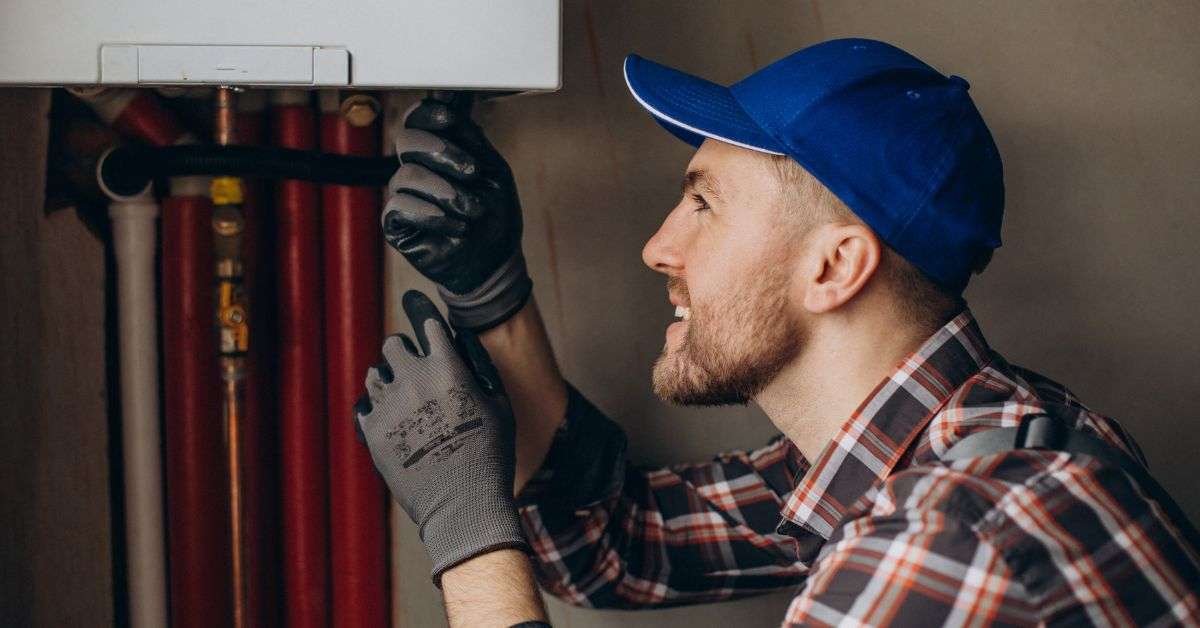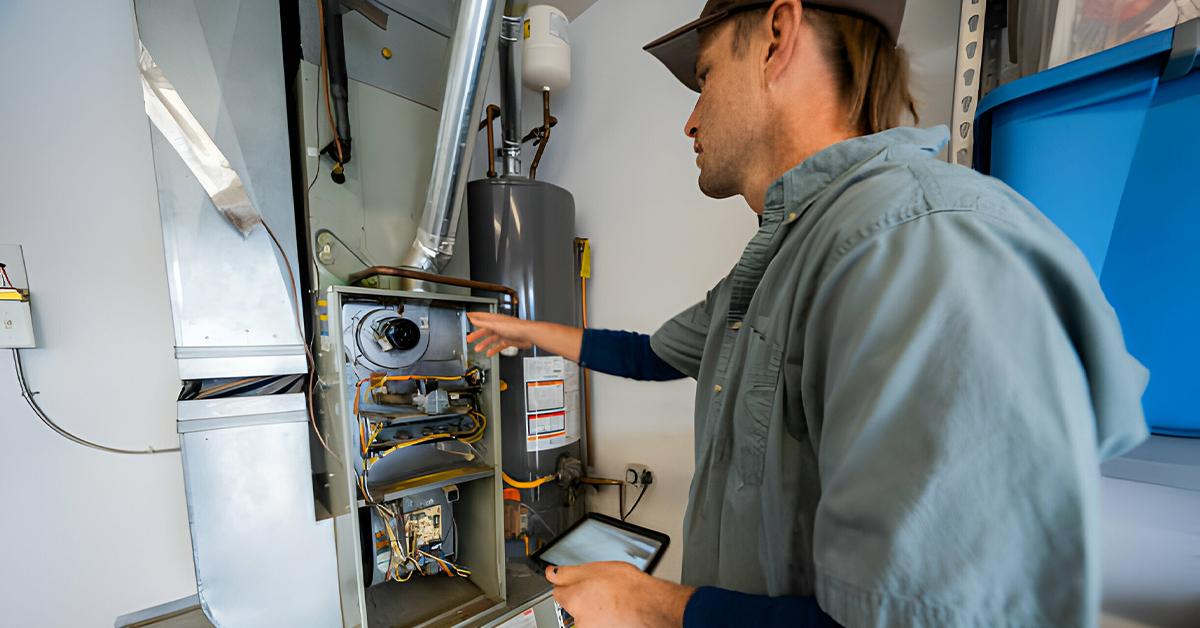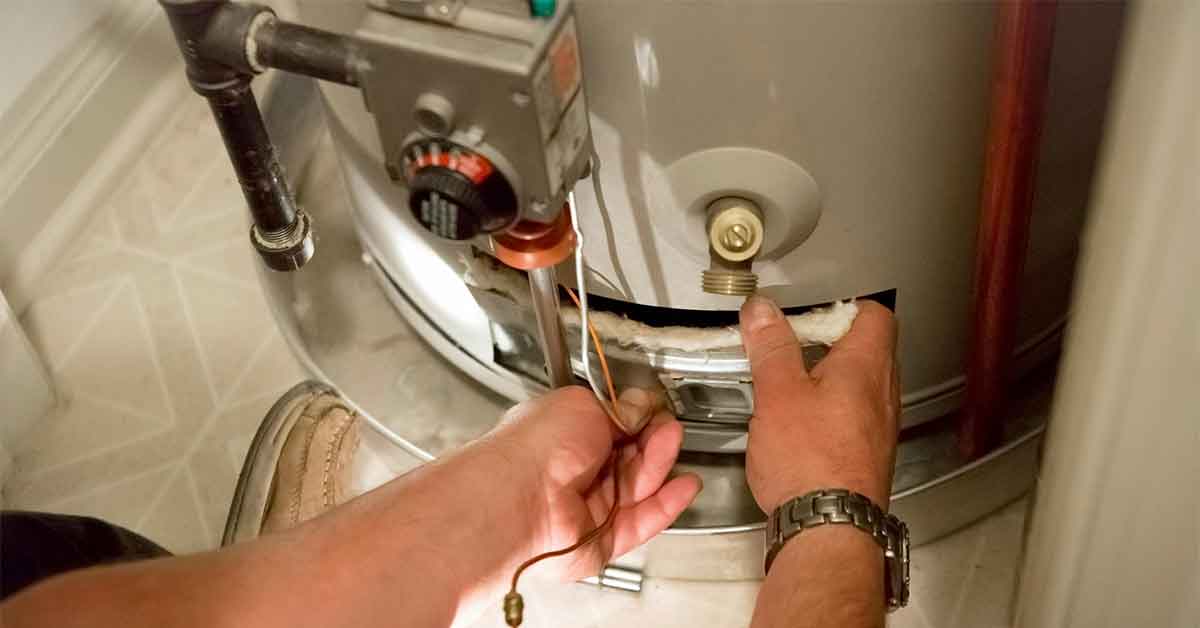Blog


Cracking the Code: Understanding the Inner Workings of a Furnace and Its Vital Components
When the cold season rolls around, a well-functioning furnace becomes the unsung hero in our homes. Providing warmth and comfort, these devices are intricate machines with various components working in unison. However, understanding how a furnace operates can often seem like cracking a complex code. This comprehensive guide aims to demystify the inner workings of a furnace, ensuring that you’re well-equipped to understand its vital components and their functions.
The Furnace: An Overview
At its core, a furnace is a heating system that circulates warm air throughout your home. Depending on the type of furnace, it can operate using natural gas, electricity, or oil as its fuel source. But regardless of the type, all furnaces share a common purpose – to heat your space efficiently and safely.
Understanding Different Types of Furnaces
- Gas Furnaces
Gas furnaces are popular for their efficiency and effectiveness in heating. They use natural gas as a fuel source, which is burned to generate heat.
- Electric Furnaces
Electric furnaces, on the other hand, use electric heating elements to produce heat. They are generally simpler in design and can be a good option for areas where gas is not readily available.
- Oil Furnaces
Less common, oil furnaces operate similarly to gas furnaces but use oil as their fuel source. They are often found in regions where oil is a more economical option.
Key Components of a Furnace
To truly understand how a furnace works, it’s essential to familiarize yourself with its key components:
- The Thermostat
The thermostat is your primary control for the furnace. It detects the temperature in your home and signals the furnace to turn on or off to maintain the desired temperature.
- The Burner
In gas and oil furnaces, the burner is where fuel mixes with air and is ignited, generating heat. The quality of the burner’s function can significantly affect the furnace’s efficiency.
- The Heat Exchanger
This component is crucial as it transfers heat from the combustion gases to the air that circulates in your home. It’s designed to keep combustion gases separate from the breathable air.
- The Blower Motor
Once the air is heated, the blower motor circulates it throughout your home via the ductwork. It’s vital for distributing consistent heat.
- The Flue or Vent Pipe
This component safely expels combustion gases out of your home. Proper maintenance is crucial to prevent any leaks of harmful gases into your living space.
The Ignition System in Modern Furnaces
Older furnaces might use a continuously burning pilot light, but most modern units have an electronic ignition system. This system is more energy-efficient and safer, as it eliminates the need for a constantly burning flame.
Furnace Filters: More than Just a Component
Furnace filters are often overlooked but are essential for both the efficiency of your furnace and the quality of your indoor air. They trap dust, debris, and allergens, preventing them from circulating throughout your home.
The Role of the Ductwork
While not a part of the furnace itself, ductwork is essential for the distribution of warm air throughout your home. Leaky or poorly insulated ducts can significantly reduce heating efficiency.
Furnace Maintenance: A Key to Longevity
Regular maintenance is crucial for the efficient and safe operation of your furnace. This includes annual inspections, cleaning of components like the burner and heat exchanger, and regular filter changes.
Troubleshooting Common Furnace Problems
Understanding your furnace’s components helps in troubleshooting common issues like a furnace not producing enough heat, frequently cycling on and off, or emitting unusual noises. Often, these problems can be traced back to issues with one of the main components.
Upgrading Your Furnace: Things to Consider
If you’re considering upgrading your furnace, evaluate factors like the age of your current unit, energy efficiency ratings (like AFUE), and the type of fuel available in your area. Newer, more efficient models can provide significant cost savings over time.
Conclusion
Furnaces are complex machines, but a basic understanding of their components and functions can go a long way. Whether you’re maintaining your current system, troubleshooting an issue, or considering an upgrade, knowledge is power.
Regular Furnace maintenance and a keen eye for any changes in performance can ensure your furnace runs efficiently and safely, keeping your home warm and cozy. Remember, a well-maintained furnace is not just about comfort; it’s about efficiency, safety, and peace of mind. So, stay informed, stay warm, and enjoy the comfort of your well-functioning furnace.




